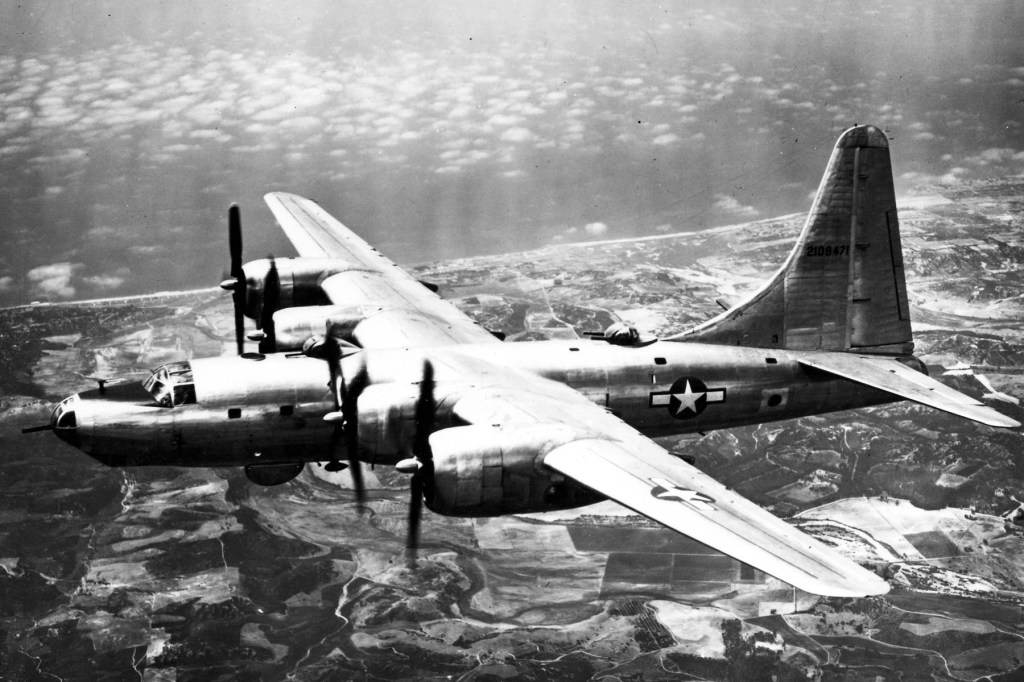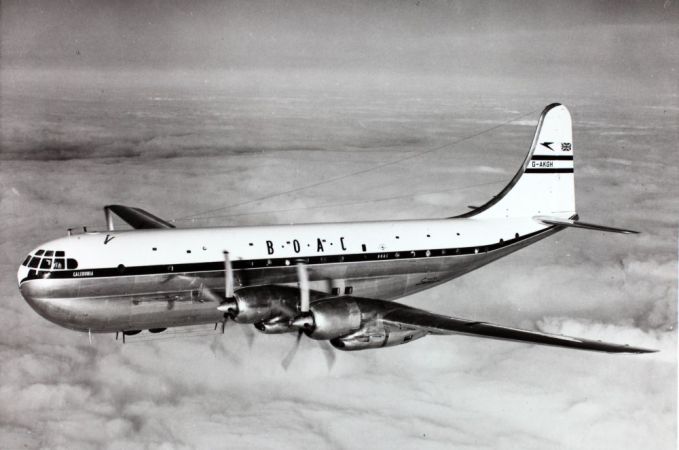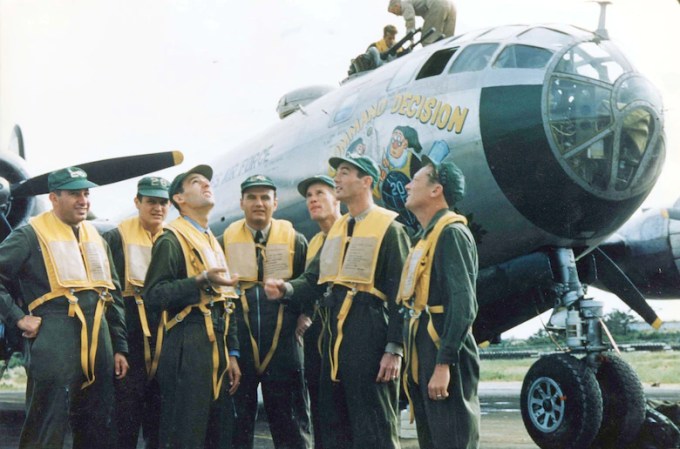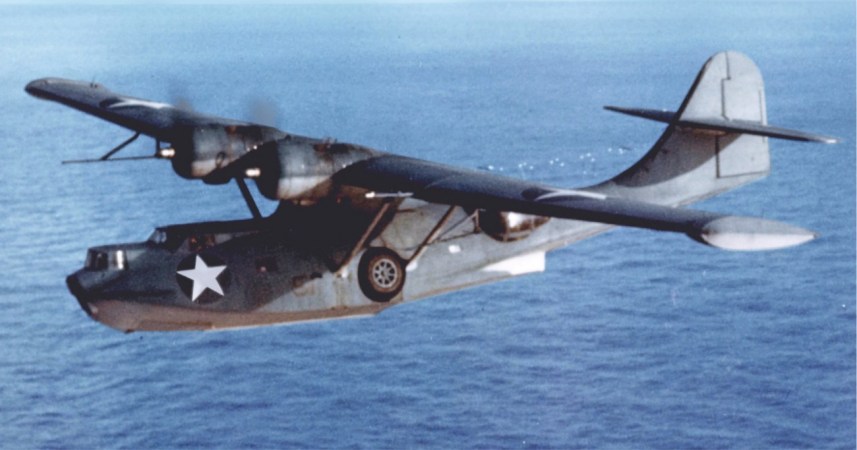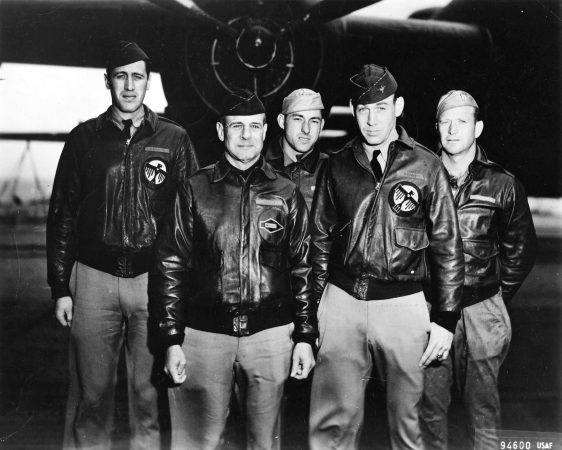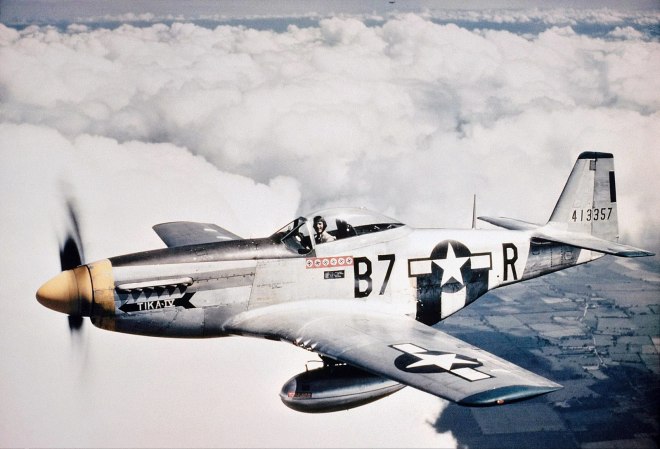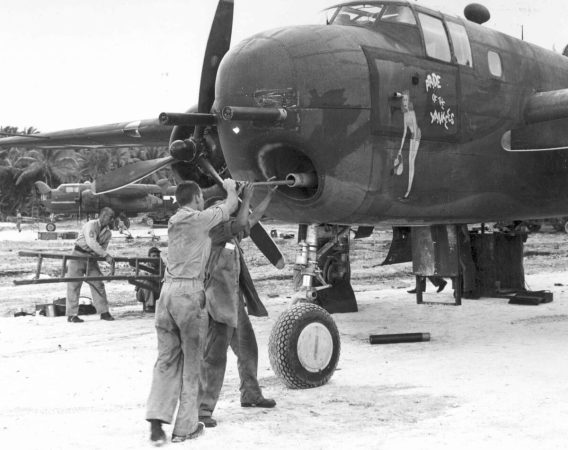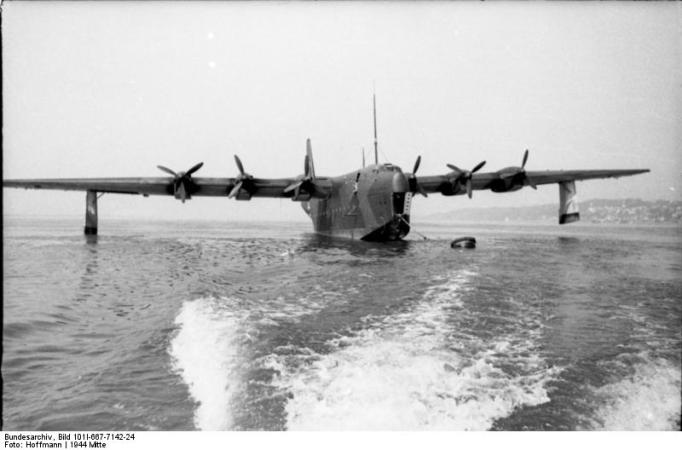The B-29 is one of America’s most famous heavy bombers. Its large and sleek silver fuselage is forever connected with images of WWII bombing raids over Tokyo and, of course, dropping the two atomic bombs. The Superfortress’ cockpit even served as the inspiration for the Millennium Falcon in Star Wars. More money was spent to develop the B-29 than the atomic bombs that it dropped. Still, in case Boeing’s heavy bomber was a flop, the U.S. had a backup.

Development of the B-29 started in 1938. Two years later, the Army Air Corps requested a second new heavy bomber design from the Consolidated Aircraft Company. Dubbed the Model 33, Consolidated developed the new bomber from its successful B-24 Liberator heavy bomber. Later given the military designation XB-32, it was powered by the same 18-cylinder, 2,200-horsepower Wright R-3350 Duplex-Cyclone engines as the B-29. It also had to be pressurized to operate at high altitudes and was armed with 14 remote-controlled .50 caliber machine guns.
The XB-32 made its first flight on September 7, 1942. Improvements were made to the engines and, on March 17, 1943, an initial contract was signed for 300 B-32s. However, development problems persisted and the first XB-32 crashed on takeoff on May 10, 1943. Consolidated was unable to pressurize the aircraft and the Dominator’s role was changed from high-altitude bombing to low and medium-altitude bombing. As a result, the remote-controlled turrets were ditched for manual guns and the armament was reduced to 10 .50-cals. The lower operating ceiling did allow designers to increase the B-32’s payload from 16,000 to 20,000 pounds.

By 1944, the Army Air Force placed orders for over 1,500 B-32s. The first production bombers were delivered on September 19 of that year. However, the aircraft crashed upon landing when its nose wheel collapsed. At the same time, the B-29 was already flying combat missions in Asia. Combined with its altitude restriction, the idea of the B-32 being a backup to the B-29 was dropped. Instead, the new heavy bomber was slated to replace the battle-worn B-17s and B-24s of bomb groups redeploying from Europe to the Pacific. However, this idea was also dropped since only five production B-32s were delivered by the end of 1944.
In May 1945, three B-32s assigned to the 386th Bombardment Squadron arrived at Clark Field in the Philippines. On May 29, the B-32 flew its first combat mission against a Japanese supply depot in Antatet on the Philippine island of Luzon. In June, the 386th flew multiple bombing missions to Formosa. The squadron completed its transition to the B-32 in July. The next month, they moved from the Philippines to Okinawa and primarily flew photo reconnaissance missions.

Following the Japanese surrender on August 15, 1945, the 386th was assigned to monitor Japan’s adherence to the ceasefire and scout routes to Tokyo for the occupation force. On August 17, a flight of B-32s was engaged by Japanese fighters. One Dominator suffered minor damage, but no crew members were injured during the two-hour battle. The next day, 17 Japanese fighters attacked two B-32s and wounded three crew members.

moved to aid one of his wounded comrades when he was killed. Sgt. Marchione was the last American to be killed in air combat during WWII. The attacks on the B-32s led to the removal of propellors from all Japanese aircraft on August 19.
On August 30, 1945, the 386th ceased operations. Production contracts for further B-32s were all canceled on September 8 and production ceased completely by October 12. Just 118 Dominators were built. Most were sent to Arkansas to be scrapped. 38 B-32s were flown to Kingman Army Airfield for disposal. Although pieces like noses and turrets are preserved in museums and private collections, no complete examples of the B-32 survive today.


